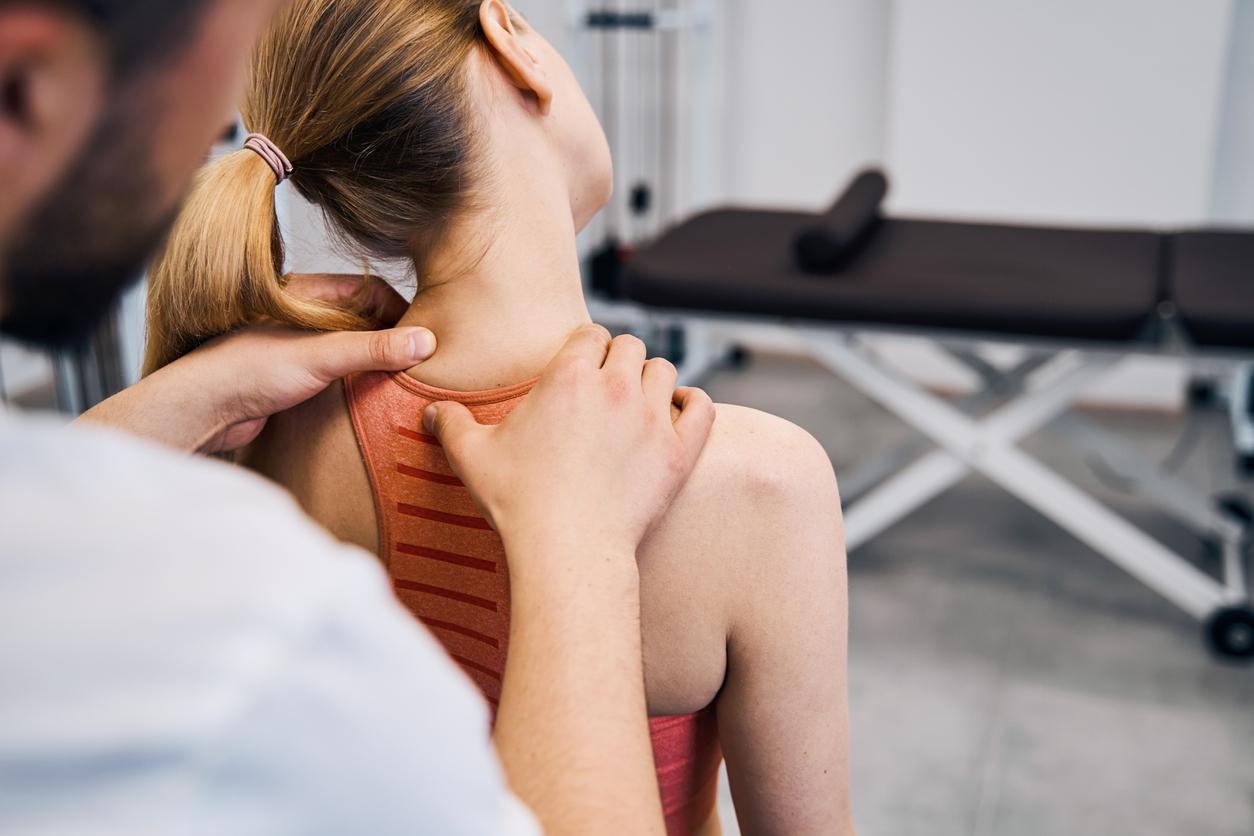
What is it?
Osteopaths examine the entire body. They focus on correcting blockages.
Osteopaths try to make tissues, joints and organs more mobile. The goals are to reduce pain and increase the body’s ability to recover. Osteopaths believe that complaints related to movement can also be caused by blockages in organs and the skull.
What can you expect?
Osteopaths examine the entire body with their hands. You can be examined for mobility of various joints, vertebrae, organs and the skull. The treatment method then depends on where, according to the osteopath, the blockages are located. An osteopath uses various manual techniques to try to correct blockages. Stiff tissues are loosened with the hands to improve blood flow. This would make the body more vital and able to stay in better balance.
Quality
If you want to visit an osteopath, it is a good idea to look at the preliminary training. Training courses for osteopathy also offer opportunities for students without prior medical training. If you choose an osteopath who is registered in the quality register of the Dutch Osteopathy Federation (NOF), you can be sure that he or she has a prior medical education. This professional association only registers osteopaths who have completed medical training to become a physiotherapist or doctor. Another professional association for osteopaths is the Dutch Association for Osteopathy (NVO). They refer to the Dutch Register of Osteopathy (NRO), which also lists osteopaths without prior medical training. Some practitioners who work as osteopaths are not members of a professional association.
Effectiveness and safety
Regular medicine does not regard osteopathy as scientifically proven effective. Craniosacral therapy in particular is controversial. This therapy assumes that skull bones can also move. By applying manual techniques to the skull bones, certain complaints could be reduced. It has not been scientifically proven that skull bones can move. Craniosacral therapy is considered dangerous by many doctors.
Compensation
Osteopathy is an alternative therapy for which you can take out additional insurance. How much you are reimbursed strongly depends on your health insurance policy. Health insurers usually reimburse one maximum amount for all alternative therapies you choose, and a maximum amount per day. For reimbursement, most health insurers require that the alternative practitioner is affiliated with a professional association recognized by them.
Sources):
- Plus Magazine















